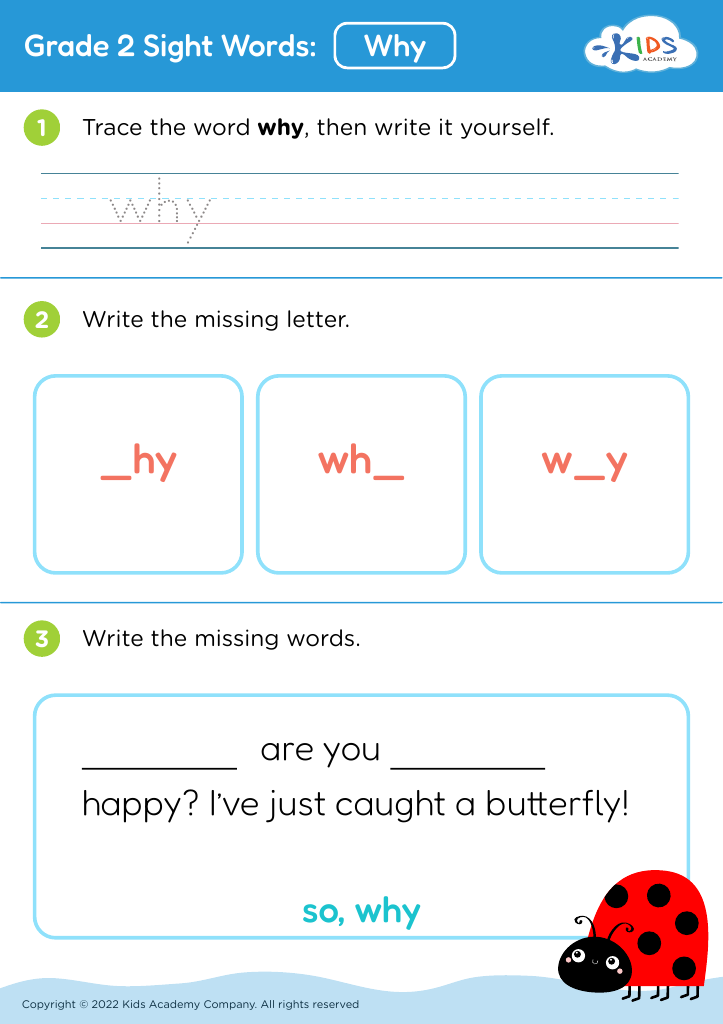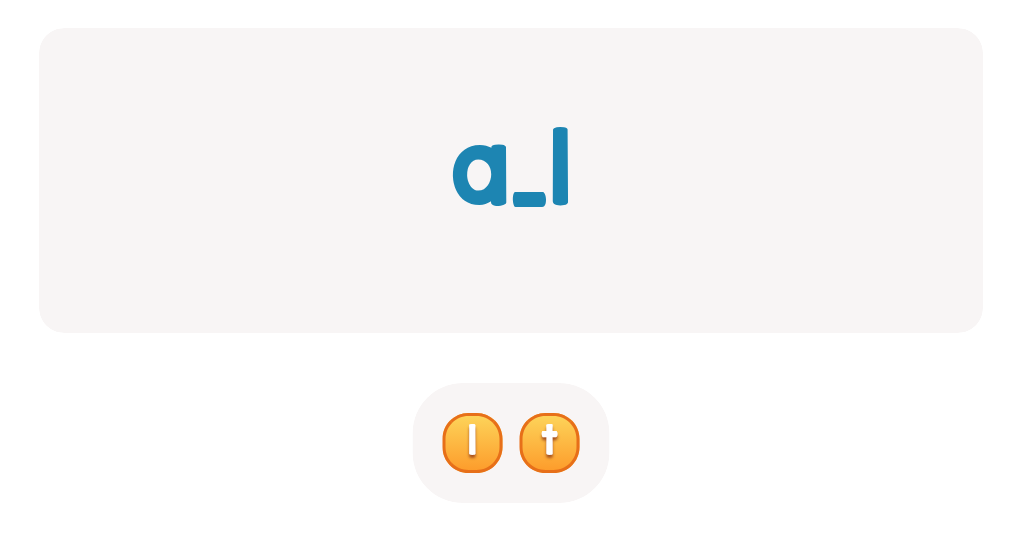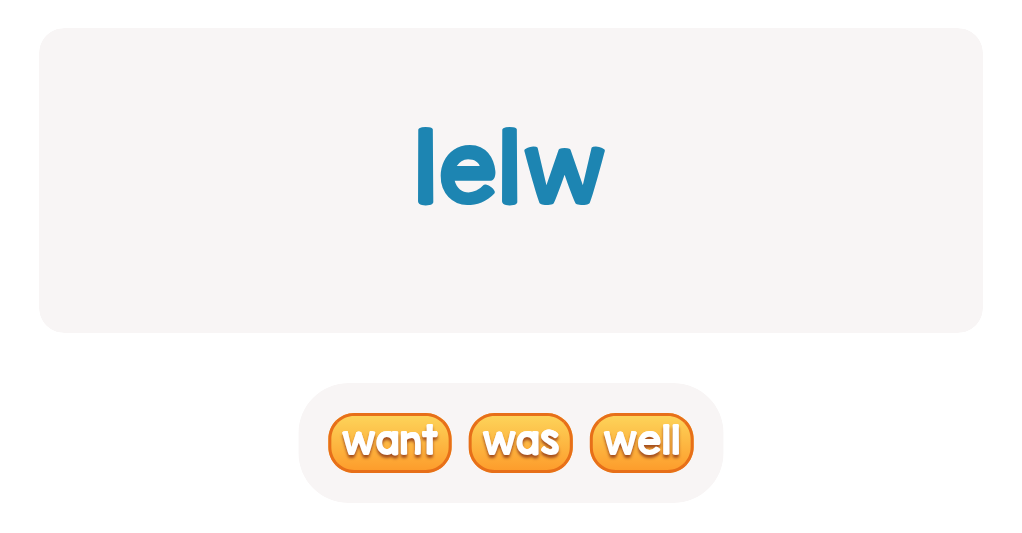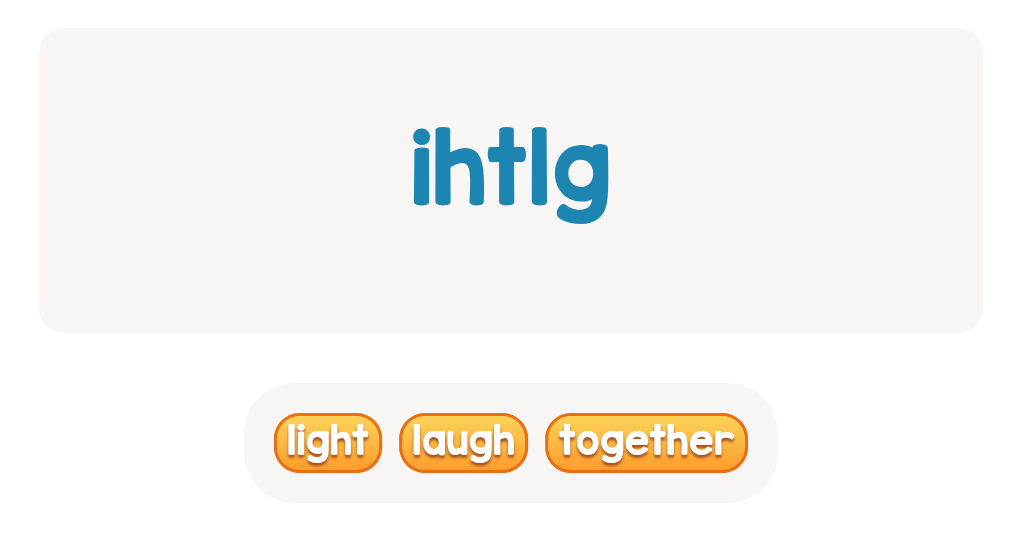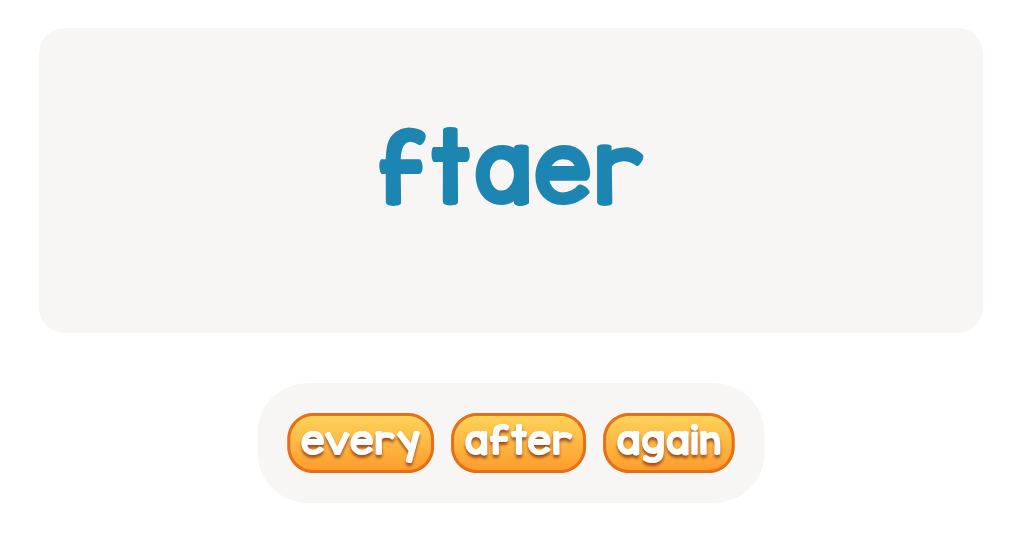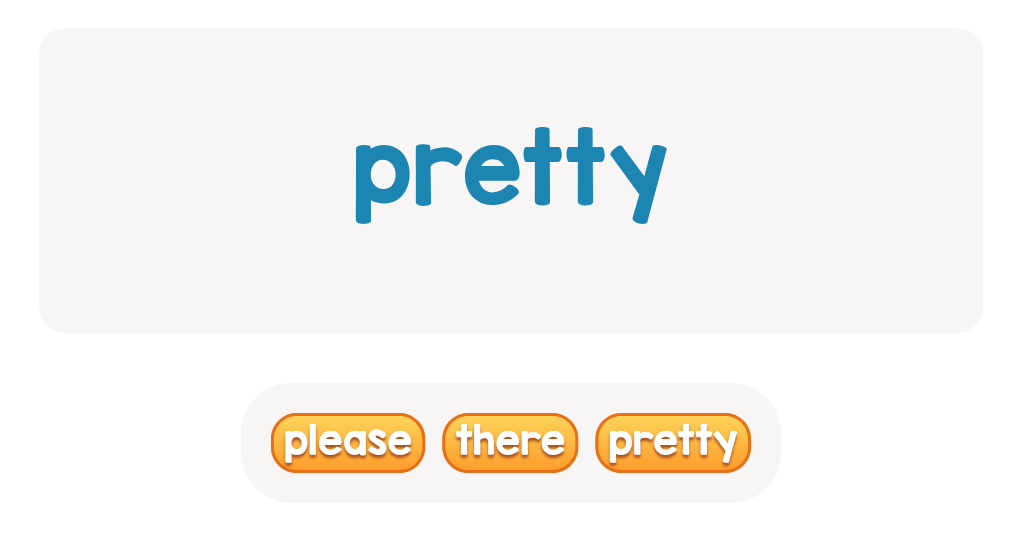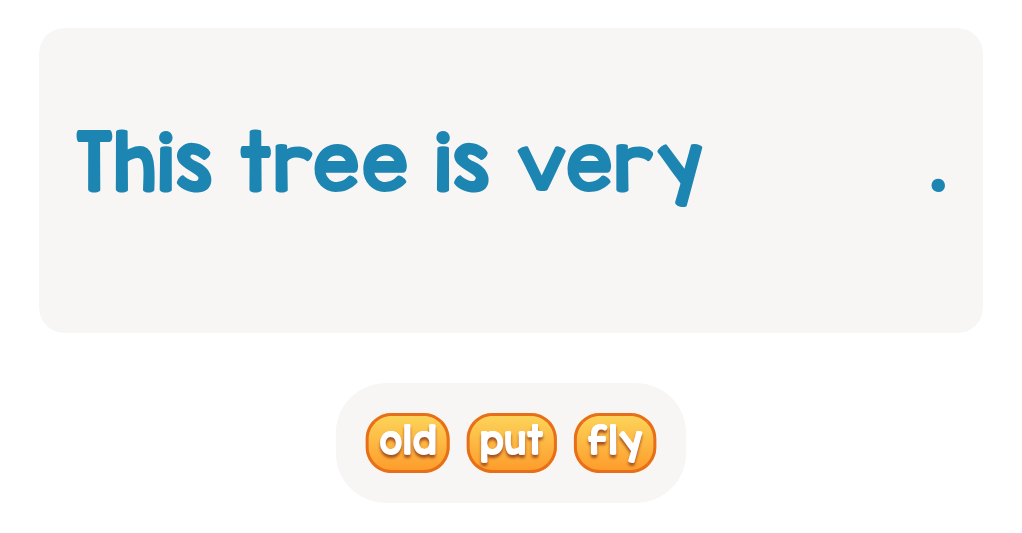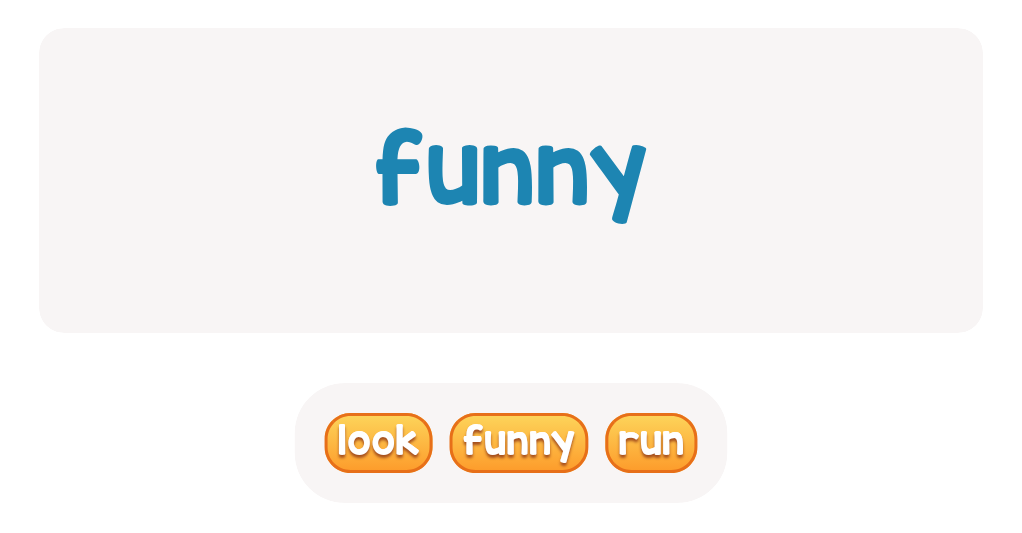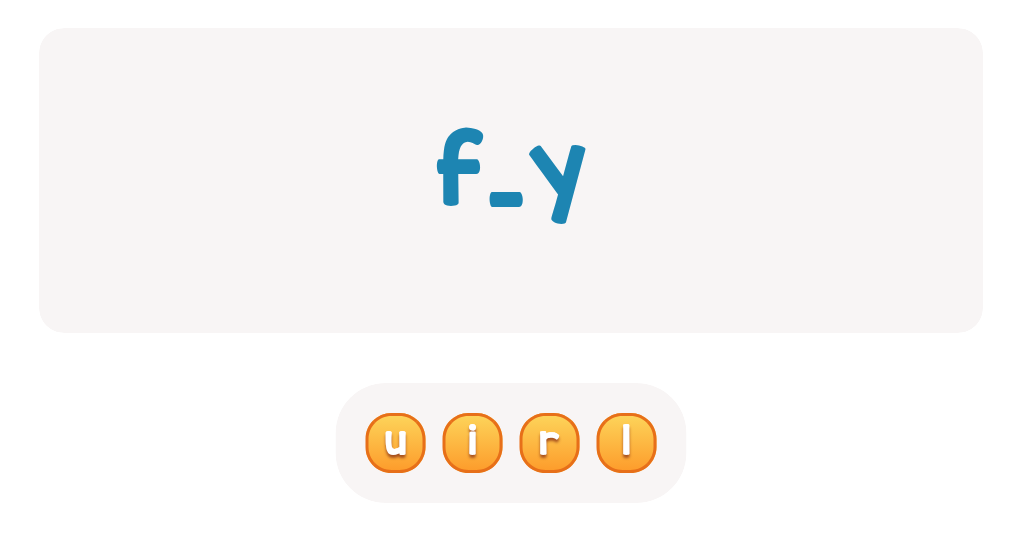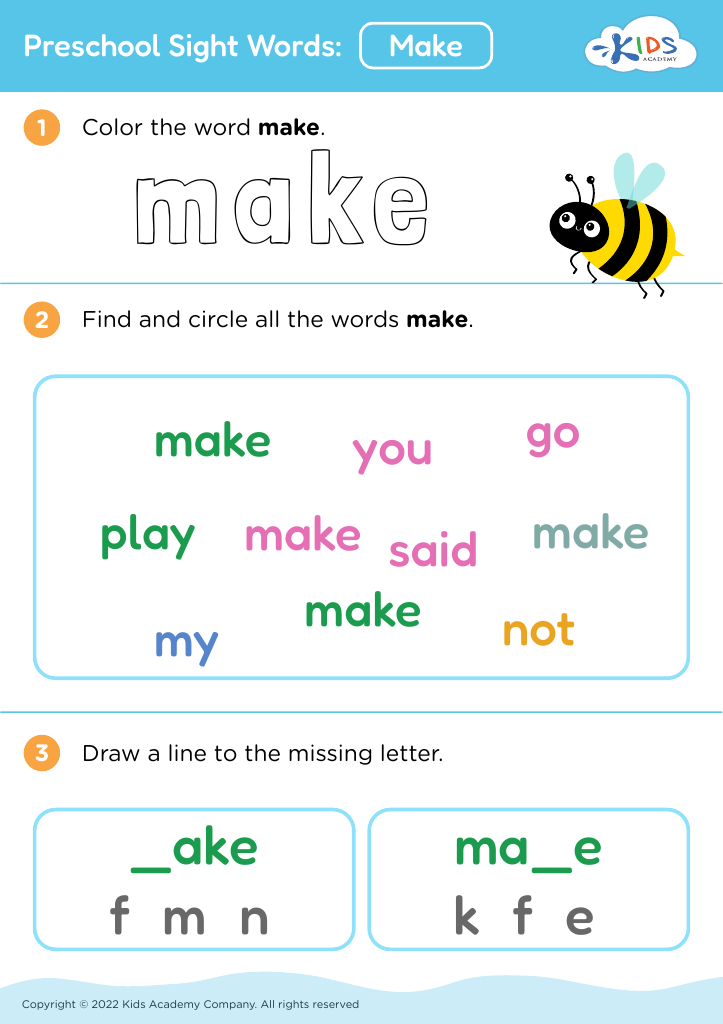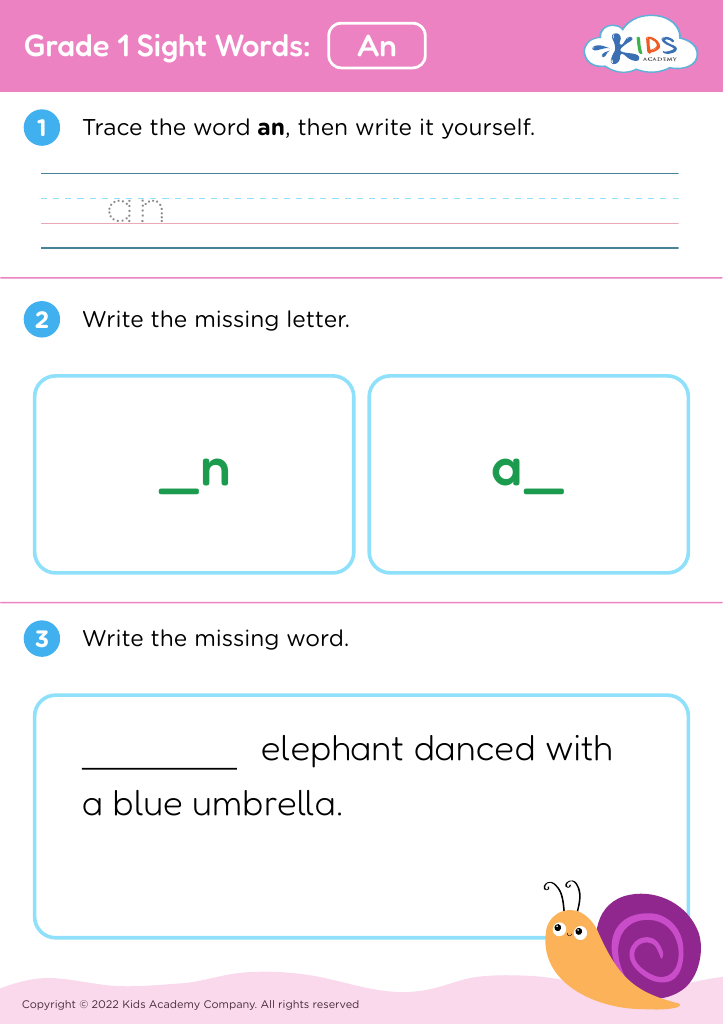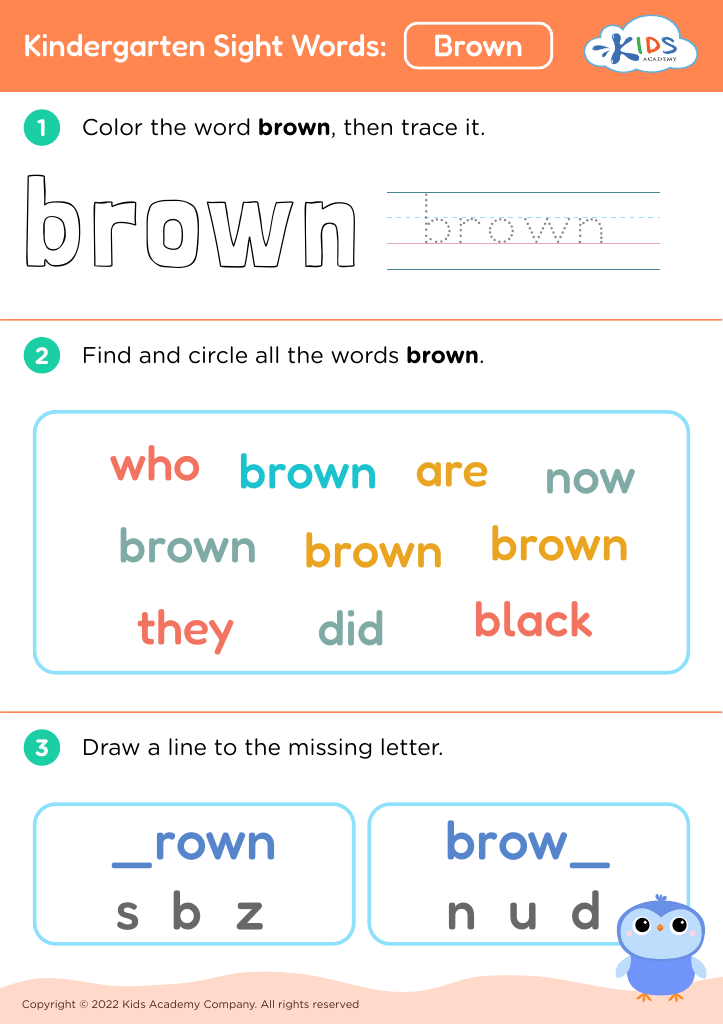Fraction Addition Building Vocabulary Worksheets for Ages 4-8
4 filtered results
-
From - To
Enhance your child's understanding of fractions with our engaging Fraction Addition Building Vocabulary Worksheets, designed for ages 4-8. These interactive resources help young learners grasp the essential concepts of fraction addition while building their vocabulary skills. Each worksheet is carefully crafted to make learning fun, featuring colorful visuals and practical exercises that encourage critical thinking. Ideal for parents and teachers, these worksheets foster a solid foundation in math through creative activities. Support your child's educational journey and boost their confidence in fractions with our approachable and enjoyable materials. Explore excitement in learning as your child becomes a fraction addition pro!
Teaching young children the vocabulary associated with fraction addition is crucial for their mathematical development. For ages 4-8, a strong foundational understanding of fractions sets the stage for more complex mathematical concepts later on. When parents and teachers prioritize fraction vocabulary—such as terms like "half," "third," "whole," "numerator," and "denominator"—they equip children with the tools needed to comprehend and manipulate these concepts confidently.
Additionally, introducing fraction vocabulary in a playful and engaging manner can enhance children's overall verbal skills and foster critical thinking. Clear language helps children articulate their reasoning during problem-solving, improving their ability to explain their thought processes. This lays the groundwork for cooperative learning and discussion, vital for developing social and communicative skills.
Moreover, comprehension of fraction vocabulary can make math more relatable and less intimidating. When children can connect words to visual and tangible experiences—like sharing a pizza or cutting a cake—they develop a deeper understanding of the practical applications of mathematics. Parents and teachers who focus on vocabulary build a richer, more supportive learning environment, paving the way for students to embrace math with curiosity and confidence. In nurturing this aspect of learning, they empower the next generation to become proficient, self-assured learners.
